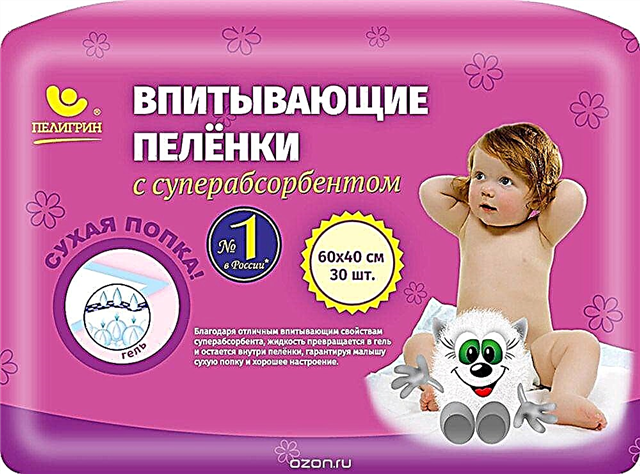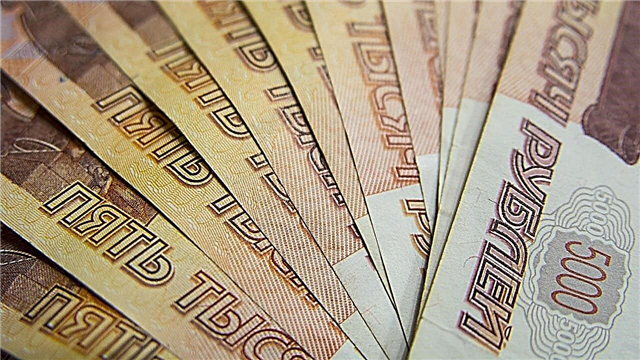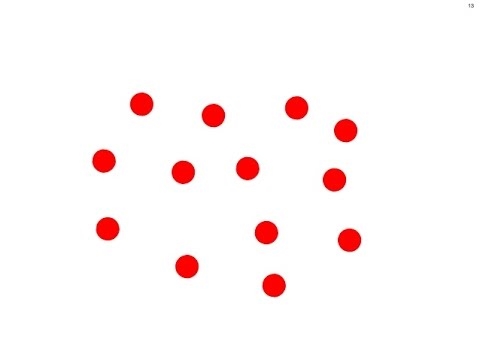
The famous Italian navigator Christopher Columbus not only discovered the New World, but also gave the world such an expression as "Columbus's egg", which means making bold and unconventional decisions in difficult situations.


History
The phrase "Columbus egg" is well known in European countries. It appeared after the publication of the work of another Italian explorer Girolamo Benzoni in 1565. He published a work called "History of the New World". The book describes an incident that occurred at a reception at Cardinal Mendoza. At a meal, Christopher Columbus told him about how he discovered America. To which one man sitting at the table said that, in his opinion, it was quite easy to do this. In response, Columbus suggested solving another easy problem - placing an egg vertically on the table. All the efforts of the discoverer's opponent ended in fiasco. Then Christopher Columbus took the egg, hit the bottom of it, crushed the shell and put the egg on the surface of the table with the words: "Yes, this is really quite simple."
This was the reason for the appearance of the allegorical expression "Columbus egg".


Since then, any extraordinary act in a difficult situation is called so. To be fair, it should be noted that there are other legends about the appearance of this puzzle. According to one of them, many years ago, an awkward worker dropped a ceramic tile. She crashed. The man hastened to lay down the tiles from the fragments. However, each time he got different shapes. This occupation fascinated the man so much that he began to look for more and more new solutions on how to apply various fragments. Subsequently, the broken tile was called the board of wisdom.
Others are credited with creating such a puzzle Chinese sages. They created it by order of the emperor, who wanted to find something for his son that would distract him from ordinary toys and help develop his mind.

Features:
The puzzle, dubbed "The Columbus Egg," looks like it. This is an oval. It is schematically divided into ten different parts.... And then it is cut in such a way that two large and two small classic triangles are obtained, four elements similar to triangles, but with rounded bases, two quadrangles, one of which also has a rounded side.
Various silhouettes are created from these elements - objects, birds, animals, abstract pictures. Turtles, penguins, ducks, doves are perhaps the most popular heroes of this puzzle. But the options for creating them are countless.
You will be surprised how many different pictures you can create using just ten simple elements.


Goal and objectives of the game
Despite all the seeming simplicity of the technology, such a game makes you use your imagination and analyze. With her help a spatial representation is formed. For the game, both monochromatic and colored elements are used. The latter are recommended for older children who are already able not only to add shapes, but also to create multi-colored paintings.

At the initial stage, you can use some templates. Special schemes for children are usually included in the kit if you buy it from the store. At first, they make it easier to deal with the problem. Each geometric figure is drawn on them schematically or highlighted in a separate color. Later, you can remove them and engage in independent creativity. At this stage, the main thing is not to restrict the child. Let sometimes his "pictures" be little like some object or creature. remember, that Columbus Egg is a search for non-standard solutions. It is desirable that all elements of the oval are used. After all, the "Columbus Egg" involves complex tasks.

What's the use?
The Columbus Egg helps to develop certain qualities in children. Among which are the following:
- imagination;
- sensory skills;
- spatial representation;
- logics;
- creative thinking;
- quick wit and ingenuity.


Children learn practical skills. Their mental activity is aimed at analyzing complex shapes and recreating a single picture from various parts. They develop a habit of mental work. Another important skill acquired during these sessions is perseverance.
Rules of the game
Silhouettes should be created using all the available parts of the game, connecting elements with each other. An important condition: all geometric shapes cannot overlap each other, but go side by side. Before starting this part of the assignment, it is recommended that you thoroughly study each element. Make a comparative analysis of the parts with each other. Explain to your child how they differ from each other, and how they are similar. Then start together looking for what they look like.


For example, a small triangle with a rounded edge can become a bird's wing. A large quadrangle is her torso, a small one is her head, and so on. For clarity, you can use pre-prepared figures of birds and animals. They can be divided into multi-colored areas, which will be similar in shape to the elements of the "Columbus Egg". Invite the kid to first imagine what can be obtained from the proposed elements, and only then proceed directly to the creation of "pictures".

The most successful creations, before disassembling, circle with a pencil and leave as a drawing... Thus, over time, an album will be formed, looking at which, the young author will strive for new creative successes. And don't forget to praise the guys for their successful work. Come up with how to encourage a little creator. If you do it individually, then hand over a prize for a certain number of invented silhouettes, the best picture, the most unusual figure. Do not disregard any work of the baby. If you are working on a puzzle in a group, for example in kindergarten, give each silhouette a mark in the form of a flag, a flower, or in any other way.
The child should strive to do the exercise better and better. Thus, we will form his leadership qualities and the desire not to stop at what has been achieved, but to strive for new victories.


How to do it?
The Columbus Egg, as noted earlier, can be bought at any store that sells educational games. Various manufacturers offer a variety of options, both in terms of color and material of manufacture. They are presented on display cases both as sketchbooks and in boxes for board games. But such a simple puzzle is easy to make with your own hands.


First you need to find the right material. Since the elements will be used many times, it must be strong enough. The most common and affordable material for home making is good cardboard. Alternatively, you can use plastic, a thick cellulose napkin that can be purchased at any hardware store, or if your family has a carpenter, use a wooden plank. In any case, it is better if the selected material is bright in color. This will help to quickly interest the child, to attract his attention. It is unlikely that he will bother with boring gray toys. The more attractive your "Columbus Egg" turns out, the more desire the baby will have to deal with it.


So, we have decided on the material and color. Next, we apply a template to the selected surface - an oval-shaped oval. Its dimensions are 15 centimeters high and 12 wide. Then, step by step, we draw dividing lines to get all ten of the above shapes. We cut the resulting circuit into elements. You can start playing.
By the way, despite the fact that this puzzle is designed for children aged 3 to 8 years old, it also fascinates older children, and adults are also interested in doing this kind of creativity. Such "lessons" are quite suitable for joint family leisure on long winter evenings and for a fun pastime, for example, during long trips or while waiting for the plane.
Simplicity, lightness and small dimensions of the structure allow you to use it almost anywhere, whether it is a group in a kindergarten or a personal plot in your summer cottage. Get a few sets. Let one be kept in the apartment, the other - at the grandmother's house, put the third in a bag so that you can organize the game if you want. After all, it contributes not only to the development of the creative abilities of children, but also to creative thinking in adults. And even if this function of the brain is at your best, then it, like any other, needs to be constantly trained, and "Columbus Egg" - one of the most effective simulators.
See the video for what the "Columbus Egg" is.



